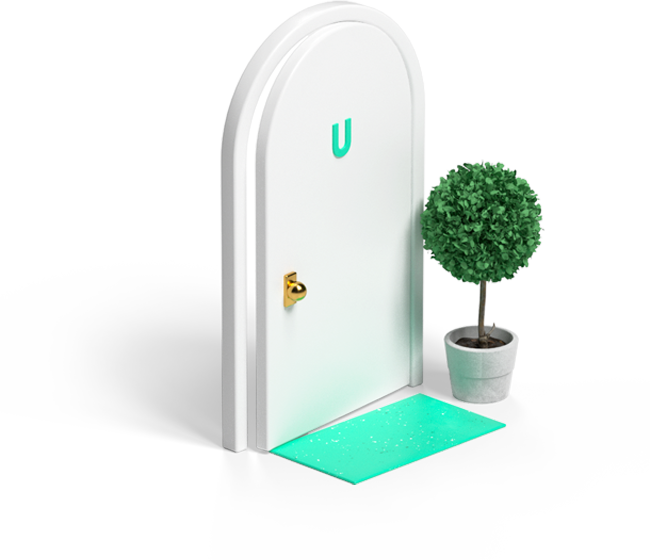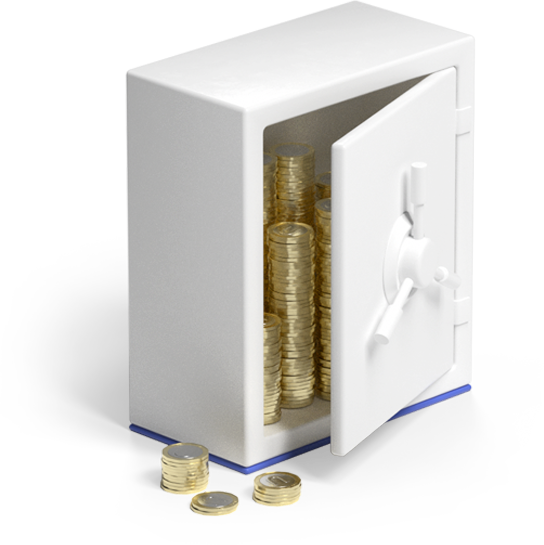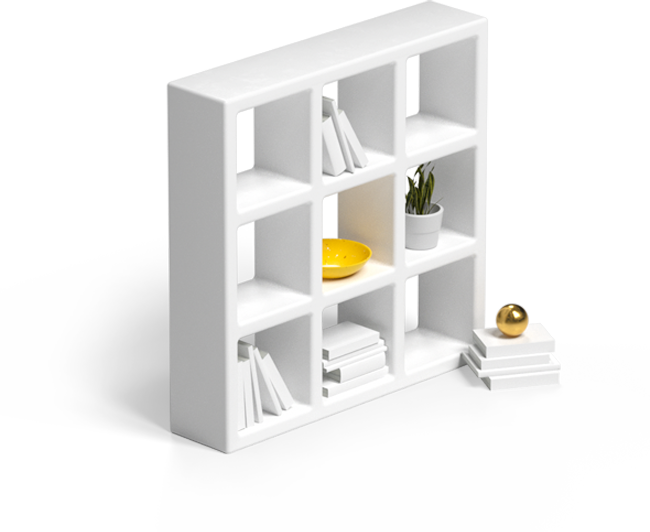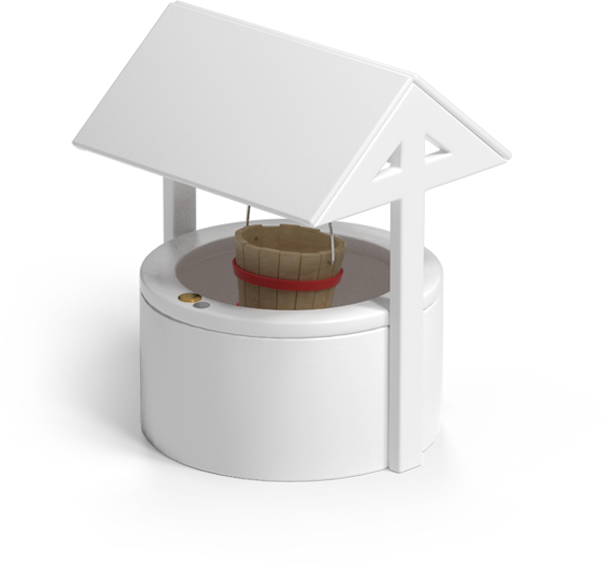How To Add Value To A House
Adding value to a property is usually carried out for either short or long term reasons, and these can differ according to your ambitions and your justification for adding value.
By Jon Howe4/28/21
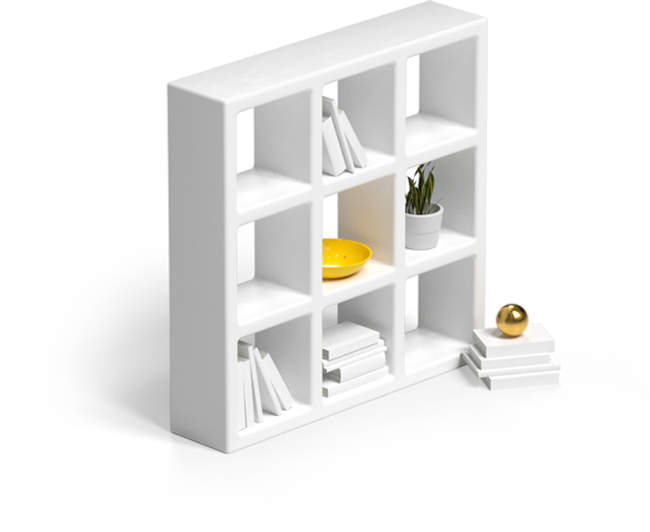
How To Add Value To A House
Adding value to a property is usually carried out for either short or long term reasons, and these can differ according to your ambitions and your justification for adding value.
In the short term, you may simply want to improve your quality of life by making cosmetic, structural or practical changes to your home, and by default this should also add value to the home. You may have existing problems with the heating, or with having no storage space, or you have a new addition to the family to accommodate. There can be various reasons why you want to make these improvements to the home and reap the benefits over the next few years, but your reasons for doing so are largely to enjoy living in your home more.
Alternatively, you may have one eye on the future and are making changes to the property specifically so that it is more valuable when you sell it at some time in the near future, because that is definitely your plan. A third scenario also exists, and you are a property developer who has bought a property with the sole intention of making immediate changes to it, adding value and flip the house quickly for a profit.
Whichever scenario you are facing, making home improvements and adding value to a property is a great way to advance up the property ladder. There are lots of ways to do this, but they must be cost effective.
Generally, you can add value to a house by carrying out one of the following actions:
- Property renovation, including redecorating and improving existing features.
- Property additions, such as extensions and internal layout changes.
- Buying in an appreciating market where property value is increasing due to an area becoming more desirable.
You need to have skill and vision to plan a project which has a justifiable outlay according to the amount of value it is going to realistically add to a property. Often this involves factors that are outside your control, but they can still dictate whether a project is worth doing. We will look at all these factors and you can then assess what adds value to your home and how you can most practicably maximise your house value.
How to add value to your home
There are many ways to add value to your home, some of these you can do yourself, some will require the services of professional tradesmen or contractors, whilst others can only be influenced by the state of the economy or the property market. You might not be able to impact on these last two tactics yourself, but you can use skill and judgement to sell a property when it is at its optimum market price and thereby indirectly utilise external forces to add value to your home.
Most people add value through traditional means, such as internal and external renovations, making additions or extensions to the home or carrying out practical improvements to the internal framework of the property. These are all factors that will improve your quality of life in the short term, and in some cases will desperately need doing regardless, but they will also make the property more desirable to future owners.
So when deciding what your personal preferences are when undertaking home improvement projects, naturally there is a selfish streak involved, but you also need to consider what may appeal to people living in the home when you sell it.
Will the next owners want a sauna extension or a man den and snooker room? Or is that just your specific tastes? Would it be more practical to spend the same money on a new kitchen or some decking for the garden?
It is easy to get carried away with personal tastes and preferences, and after all, you are living in the property, but whatever your motivations are for making home improvements to add value to a property, you have to assess the market and consider whether the investment is going to provide the added value you desire.
For example, it is not worth spending £50,000 on internal improvements such as re-wiring, new boilers, new kitchens, new bathrooms etc when the property is in an area where houses aren’t selling for much more than £120,000 anyway. You might only actually add £10,000 in value at the most.
Are people living on your street likely to want a conservatory or a summer house, when all the gardens are relatively small already? Or will people want new decking in the garden when you live near a motorway or a main road and people don’t tend to sit outside? Is it worth paving a front garden when it’s not big enough to park a car on anyway?
There are lots of examples where you need to weigh up what adds value to your life and compare it to what value it adds to the house, and sometimes one doesn’t justify the other. Alternatively, there are some cosmetic improvements you have to make to a home which may add value, but only really bring a property back on par with the average house price for the area, so you are only bringing a property back to its market value. A bargain or run-down property sometimes represents this kind of opportunity.
You are still making money and profiting from its eventual sale, and you don’t have to spend a fortune doing it, but because of the type of property it is or the area it is located in, the house is never going to appreciate that much in value and there is only so much value you can add. So, in short, don’t spend a fortune when it isn’t going to give you the same or a bigger amount back in value.
The first steps for increasing a property’s value
Value the property
Your first step when assessing what adds value to your house, is to confirm its current value. You can do this by comparing recent sales on your street or in similar areas, or estimate its value against others online on sites such as Rightmove or Zoopla.
The most accurate method is to get an actual valuation from an estate agent, they may also be able to advise on what realistic value you can expect to add, if you discuss some of the improvement projects you have in mind or agree on the essential jobs that need doing to make the property more marketable.
Prioritise jobs
Naturally it makes sense to carry out any structural improvements such as knocking walls down, extensions, re-wiring, re-plumbing, central heating upgrades and new boilers etc, before making cosmetic improvements such as redecorating or new carpets throughout the home.
But first of all, you should check whether your planned improvements are practical, ie. is the house of an age or condition where it will withstand re-wiring or re-plumbing.
These jobs really strip a house down to its bare bones and subsequently require re-boarding and re-plastering.
You also need to research whether you can build an extension based on your property deeds or ownership status, or do you require planning permission? Will the neighbours object to your plans? These may not necessarily be barriers to your eventual progress, but they could slow the project down.
Finance
Finally, before making too much progress with maximising your house value, you need to work out how much you can afford to spend and how you are going to finance it. Many people re-mortgage their property to fund such improvements, and if the expected added value is sufficient to justify this, then there is not much risk to this approach.
You can also borrow the money through a loan, and many property developers use bridging finance as a short term method of gaining access to money in the short term, that they know they can pay back quickly when a property sells.
Using renovations to increase a property’s value
This is often dismissed as merely painting and decorating, or making a property brighter and more attractive. If all you need to do to sell a property is decorate, that is great, but it is unlikely to add much value, merely make it more desirable to a potential seller, much like vacuuming, cutting the grass and dusting the TV before viewers come round.
Renovations to add proper value to a home are making improvements to existing features. So you could replace doors and windows to make them more secure, attractive and temperature-proof. You could replace the carpets and flooring throughout the house to make them more modern. You can also tidy up the garden through work you can do yourself.
Another valuable improvement job is to create what people call ‘kerb appeal’ by fixing external issues that have been outstanding for some time, because first impressions count and many people decide on a property before they’ve even left the car for a viewing. So you could get a new driveway, re-paint the external features of the home, fix the side gate, re-point the brickwork, replace the fascias and soffits, get the roof tiles replaced.
More significantly, you may have fundamental issues with subsidence, which may be a costly issue to resolve, but is absolutely crucial in making the property sellable and certainly needs addressing before you can tackle bigger improvement projects on the house.
Internally, other renovation projects could be resolving damp or mould issues and re-plastering certain rooms, or treating and reviving wood surfaces such as flooring, stairs and bannisters.
Generally-speaking, renovation projects are those essential jobs that need doing, and while they will add value, it is likely to be in the region of £10,000 and little more, you are really just making the property more attractive and bringing it back up to the market value someone would reasonably expect.
Physical additions to a property can increase property price
This is where you can add some more serious value to a property, essentially by making it bigger, more practical or offering a new activity or use for existing space. These are projects that really make a property standout when compared to another, and they may be vanity projects like a hot tub in the back garden or a summer house, but if you can justify them financially and you think they will appeal to future owners then there are lots of ways you can make a property more valuable.
Extensions
Most popular in this category are extensions, which can be one or two-storey and can incorporate a garage, a new living room, a downstairs toilet, a bigger kitchen, or upstairs, new bedrooms or a bigger bathroom.
These really make a property different to what it was before and therefore make it more desirable. Loft extensions or basement conversions are also popular, but not always feasible or advisable in certain properties.
Outside space
Conservatories and summer houses also add more living space, whilst some properties might benefit from a garage at the end of a driveway. Alternatively, you can convert existing space to make additional rooms. So you could turn a garage in an existing extension into a playroom for the kids or a utility room, as long as you still have some driveway for off-road parking this shouldn’t reduce the value of the home.
Decking is also considered one of the most cost-effective home improvement projects, in terms of adding more value than it costs to install and generally being a relatively simple addition that most people find attractive in a property.
Changing the internal layout of the home
This doesn’t always have to cost a fortune, and sometimes just the use of a pocket door – where the door slides into a recess in the wall space when opened, rather than swinging into a room like a traditional hinged door – gives you the extra few inches of space you need to totally change the purpose and function of a room.
You can use this critical space to add an en-suite bathroom to a bedroom or turn a small box-room into a study/home office or a guest bedroom, or create a utility room leading off from the kitchen. Of course you can still knock a wall down internally to link a kitchen with a dining room, or to create an open plan living room and kitchen, if it improves the overall flow of the home.
New kitchens/bathrooms
Additions and extensions also covers investment into new kitchen or bathroom suites. Often these are quite an undertaking and can be disruptive, but they can modernise a property, add additional features like a dishwasher or a stand-alone shower, and can also incorporate something like bi-fold doors which can lead out onto to new decking in the garden. A downstairs toilet can also be a very desirable feature at inconsiderable cost.
Restoring existing features
When addressing additional features to the home, you may have the luxury in a period property of restoring some existing features which thus far have not been fully utilised, such as a fireplace, parquet flooring, timber ceiling beams or a sweeping wooden staircase. With only a little work, these can become standout features that add style and class to a property.
Practical improvements
These can be categorised as infrastructure improvements that don’t necessarily make a visual difference, or even make a vast improvement to your quality of life, but make a property a more sellable asset and save the future owner a job themselves.
So here we are talking about re-wiring a property – not out of necessity but to better design the electrical layout – improving or modernising the central heating, installing a new boiler, improving the smoke or security alarms, having a damp course treatment installed or having insulation fitted in the loft.
All these are jobs that you can reel off as being completed when attempting to sell a property and a prospective owner will take note, or at least they should, because it will save them money, and consequently, they may feel that an extra £10,000 or £20,000 on the asking price is justified.
Of course, these will have been considered by a surveyor when setting an asking price for the property, but it often does you no harm to mention these completed jobs to promote the property as more desirable.
Market changes
Local property markets can change dramatically if areas become more sought after. This might just be down to an overall fashion trend, ie. city centre or waterfront living becomes more popular, or big businesses move to an area creating jobs as well as healthcare, retail and leisure facilities.
The desirability of an area can also change when schools are built nearby or leisure attractions, or when new roads are built or train lines opened, so an area becomes a popular commuter route to bigger towns or cities nearby. This can add considerable value to a property, which tends to hold as long as that attractive feature remains in place.
You can therefore add value to a property by impassively sitting tight while the area you live in changes and improves. Of course you can’t always control these changes, but thinking ahead and putting a property on the market at the right time, or buying the property before changes take place, can bring you a handsome profit in the long term.
To recap: what you can do to increase your property’s value
In summary, you are looking at the current location of your home, the property type and how it sits in the local property market, and considering what you can afford to do to make the property more appealing. Sometimes this involves acting fast and buying a property cheaply and simply making essential changes to bring the property back to its true value.
At other times it is undertaking home improvement projects that you want to reap the benefits of, and which you know will appeal to other people when you eventually look to sell the house. You can also make justifiable and affordable improvements to a property which you intend to sell quickly, knowing that there is a ready supply of buyers willing to pay the increased value you have added to the property. We have covered how to get into property development in another post, which we suggest you also check out.
Like any property deal and any investment opportunity, much of this is about timing, your attitude to risk and, essentially, balancing your financial outlay with your expected rewards. But certainly, adding value to your home via common sense projects, is one of the best and most reliable ways to make money in the property market.
Take a look at our other articles

